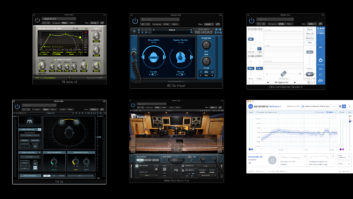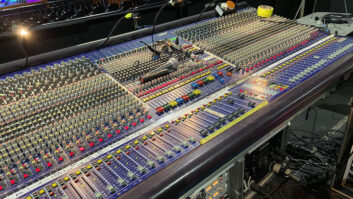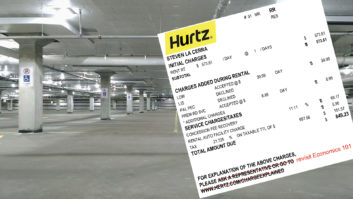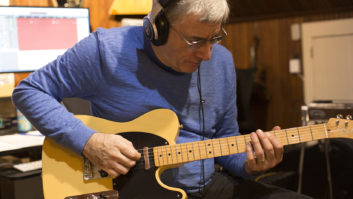Last Saturday night, I saw the Oscar-Nominated World War I movie 1917 at an AMC Dolby Cinema. Such theaters, which you can find in multiplexes nationwide, offer reserved seating, plush reclining chairs and enhanced visuals. But it’s the sound system that’s most impressive. It includes five speakers behind the screen, 48 surround sound speakers distributed around the room, four ceiling-mounted subwoofers and a low-frequency transducer under every seat. A Utopia for movie sound—well, most of the time.
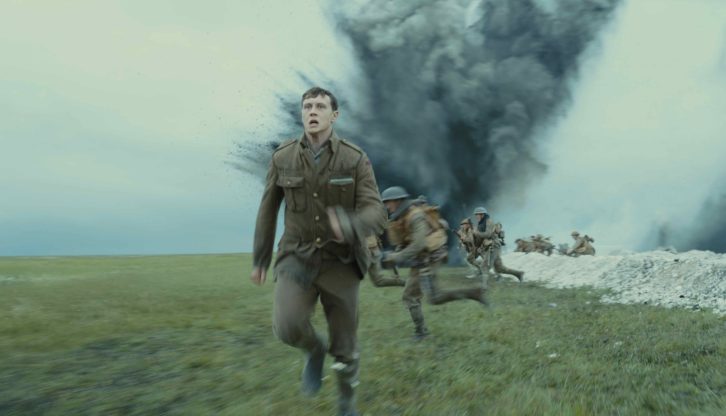
Why the caveat? My first experience after walking into the theater and settling into my comfy chair was one of bombardment. No, I’m not talking about the sound in 1917, which, like everything else about the movie, was terrific. I’m referring instead to the sonic assault I experienced during the previews, which hyped a forgettable series of horror and action movies.
For these trailers, the sound was blaring and over the top, creating a relentless din that all blended together. The transducer in my seat was shaking constantly, making me feel like I was living inside a video game. The sound mixers for those previews used the Dolby system as a blunt instrument that figuratively beat you over the head in the attempt to grab your attention.
But when the movie itself finally began, everything changed. If you haven’t read about it, 1917 tells the story of a pair of young British soldiers sent on a mission behind enemy lines to warn a 1600-man British unit, which includes one of the soldiers’ brothers, not to attack a German position that’s actually an elaborate trap.
In massive contrast to the pedal-to-the-metal sonic assault of the previews, the 1917 soundtrack was incredibly dynamic, only bringing out the big guns (figuratively speaking) during the action sequences. Just like a painter uses contrast to draw your attention to particular parts of the canvas, the sound designers and mixers for 1917 kept the audio appropriately subdued during much of the movie as the soldiers made their way through bleak empty battlefields and harsh and barren landscapes that had been abandoned and destroyed by the retreating Germans.
The sound was mostly just dialog during those scenes with some background ambience. But when brief bursts of action occurred, the contrast made the loud noises even more powerful.
Read more Mix Blog Studio: Together or Separately?
For example, at one point a German plane crashes practically on top of the soldiers. Between the spatialization of the surround sound speakers and the enormous frequency range that the Dolby system reproduces, the effect was intense and realistic.
But nothing was more powerful sonically than a scene where artillery shells were bursting around a group of soldiers as they ran through an open field. My seat shook as each shell exploded. The combination of sound, score and the tension of the plot ratcheted up the drama of the scene immensely.
The experience of seeing 1917 in a Dolby Cinema reinforced the notion that it’s not the medium as much as how you use it, that makes for great art. Having a sound system of this quality can significantly heighten a moviegoer’s experience when used artfully. But the strident, blaring din of the trailer soundtracks showed that bad art will fail no matter how powerful the delivery system.



